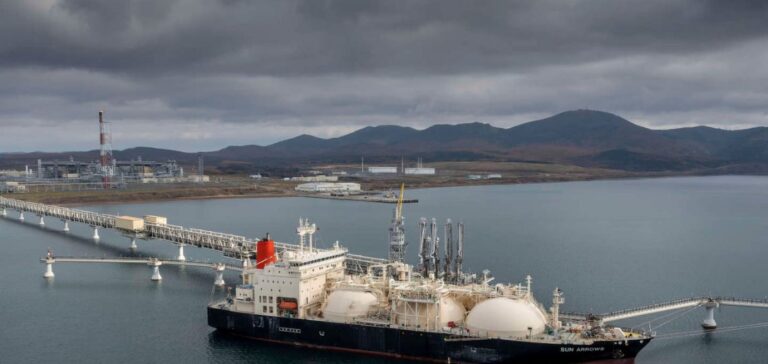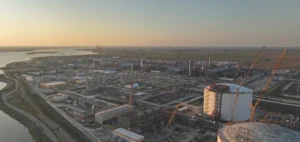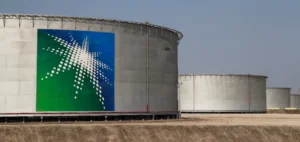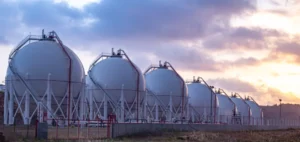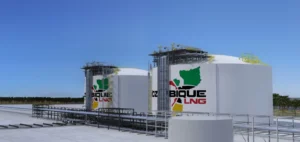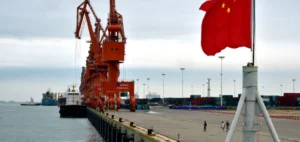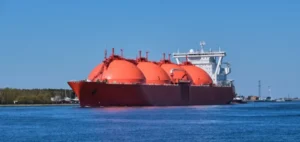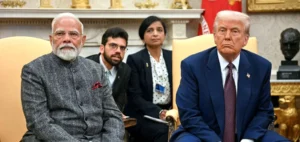In Japan, the 6 million mt/year LNG supply contracts expire in 2023, exposing the country to uncertainty.
A palpable tension
Japan will have to redouble its efforts to replace this supply in the face of tight LNG markets. Europe is also involved in the LNG race, seeking to replace its Russian gas supply as soon as possible. The invasion of Ukraine has rebalanced LNG supply and demand, making supply more uncertain than ever.
The long-term contract with the Russians for the Sakhalin 2 oil and gas project will continue. A Japanese buyer states:
“Everyone is looking for [fournitures] in the long term, including for [contrats] in the short and medium term. We have approached a few [fournisseurs], but none of them offer long-term contracts indexed to oil.
According to the S&P Global Commodity Insights database, these contracts represent about 8% of Japan’s annual LNG imports.
Spot LNG trading will continue if the country is unable to secure an extension of its contracts. Companies are taking the lead in preparing for this shortage situation, but they will need to take additional steps. In addition to securing supplies, they will need to seek out procurement opportunities as the Institute of Energy Economics states.
Nuclear revival
Moreover, these uncertainties come at a time when the Platts JKM benchmark price has reached an all-time high of 84.762/MMBtu. Nevertheless, most LNG buyers have managed to secure their supply until March 2023. Others are still developing their annual delivery schedules for 2023, according to market sources.
However, the country is exposed to a similar level of overall electricity demand as in 2022. The associate director of gas, power and climate solutions at S&P Global, states:
“With tight supply expected to continue over the next few years, Japan’s nuclear restart strategy will help mitigate the situation. However, the nuclear restart remains highly uncertain and delays will put pressure on the tight LNG market as well as domestic electricity supply.”
The planned restart of Kansai Electric’s 826MW Takahama No. 1 and No. 2 nuclear reactors will take pressure off LNG.
They will be restarted in June and July after scheduled maintenance shutdowns in 2011. In total, the Japanese will bring 10 reactors back on line by February 2023. Among the rectors are Genkai’s No. 3 and No. 4 of 1.18GW each.


